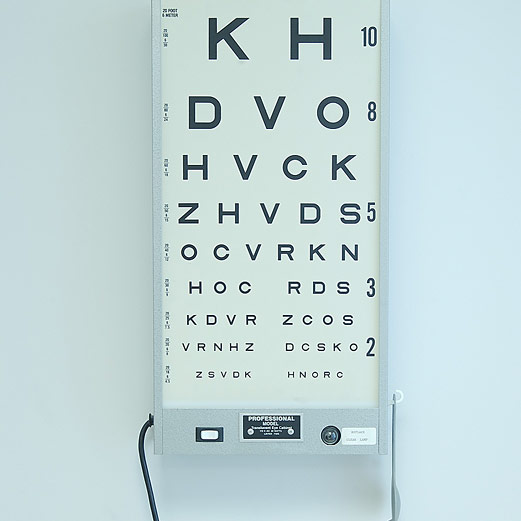TUESDAY, March 22, 2016 (HealthDay News) — Contact lenses may alter the natural bacterial environment of your eyes, new research suggests.
A small study found that the eye surface of contact lens wearers tends to harbor bacteria normally found on the skin surrounding the eye.
Whether this is caused by finger-to-lens interaction or the actual act of wearing contacts remains unclear. But the findings raise questions as to whether this shift in microbial composition might boost the risk for eye infections, the study authors said.
“Wearing contact lenses is known to increase the risk of microbial keratitis and other inflammatory eye conditions,” said study lead author Maria Dominguez-Bello. She is an associate professor with the Human Microbiome Program at New York University School of Medicine, in New York City.
Keratitis is a painful and potentially serious inflammation of the cornea.
More than 30 million Americans wear contact lenses, and the U.S. Centers for Disease Control and Prevention estimates that roughly one in every 500 develops a vision-threatening eye infection each year. Keratitis alone prompts about 1 million doctor and hospital visits annually.
One driver of risk is hygiene. Between 40 percent and 90 percent of contact lens users fail to properly clean and/or regularly replace their contacts as instructed, the CDC says.
Another possible risk factor is the effect contact lenses may have on the bacterial composition of the eye.
The microbiome — or bacterial community — of body sites such as the gut, skin and mouth are designed to help resist germs, according to background notes with the study.
However, “despite being important in ophthalmology, the eye microbiome has been largely neglected, and its functions remain unknown,” Dominguez-Bello said.
With that in mind, the study team set out to conduct genetic sequencing that compared the eye bacterial community of contact lens wearers and non-lens wearers.
The researchers collected samples from 58 adults, analyzing bacteria on the eye surface, the skin below the eye and on contact lenses from 20 users. Additional samples were taken from 20 participants — about half of whom wore contact lenses — at three points over six weeks.
The investigators found that in people who don’t wear contacts, the bacterial composition of the eye is very different from that of the surrounding skin, with greater or lesser amounts of specific bacteria.
By contrast, in contact lens wearers, the bacterial makeup of their eye surface was much more similar to the bacterial makeup of the surrounding skin.
Does that mean that contacts contribute to, or cause, the conjunctivitis, keratitis and other health concerns that often afflict wearers? Not necessarily.
“We still do not know,” cautioned Dominquez-Bello. “Future studies are needed to determine the role of the microbiome in the increased risk for eye infections in contact lens wearers.”
Mark Willcox, a professor of optometry and vision science at the University of New South Wales in Sydney, Australia, said that “contact lens wear is still a safe and effective way of correcting vision.”
However, the new study demonstrates “that paying attention to hand and contact lens hygiene is really important,” he added.
“Contact lens wearers should remember to wash their hands with soap and water prior to touching their lenses,” Willcox said. Unless you wear disposable lenses, you must also rub and rinse your lenses with disinfecting solution before and after use, he said.
Willcox also stressed the need to replace lenses at the frequency recommended by your eye care provider; to never sleep with contact lenses; and to replace disinfecting solutions every month and lens cases every three months.
Dominguez-Bello’s study, funded by the Research to Prevent Blindness Foundation, was published in the March issue of mBio.
More information
There’s more on contact lens safety at the American Academy of Ophthalmology.
Copyright © 2025 HealthDay. All rights reserved.

